by Scott Dreyer
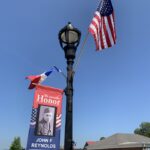
World War II saw conflict across Europe, North Africa, Asia, and the oceans of the world. However, the charming Central Virginia town of Bedford is the site of the famous D-Day Memorial. Bedford sent 35 men to land at Normandy, France.
The memorial honors the 19 local boys who died on June 6, 1944, in the heroic struggle to liberate Europe from Nazism. Before the end of that campaign, four more Bedford boys lost their lives. Bedford’s mind-numbing 65 percent death rate means that on a per capita basis, the town sacrificed more residents than any other American community in that epic fight between good and evil.
Because of the fog of war and poor communication then, horrific news of those casualties did not begin to come into Bedford until July 17th, a month and a half after D-Day, when the first 11 deaths were reported. Reports of the other deaths trickled in over the following days and weeks.
Notably, since telegraph messages then were sent from town to town, news of Bedford’s losses first came through the Western Union telegraph office in Roanoke. One Roanoker had the terrible task at work of sending these five words to the Bedford office: “Good morning, we have casualties.”
“The youngest one was just about to turn 21 and the oldest was 30,” said Linda Parker, co-director of the Company A Bedford Boys Tribute Center.
Gov. Glenn Youngkin spoke at Tuesday’s commemoration (June 6th) at the D-Day Memorial to honor the 79th anniversary of that event. Remembering the sacrifices of those who went before, the Town of Bedford has festooned the lampposts along Main Street with banners featuring the names and photos of those Bedford Boys who never made it home from WWII, along with U.S. and French flags, since the site of the landings, the Normandy beaches, are in Northwest France.
As our state and nation face today’s many challenges, we can take hope and encouragement from the bravery, patriotism, and sacrifice of those who have gone before.
Republished with permission from The Roanoke Star.
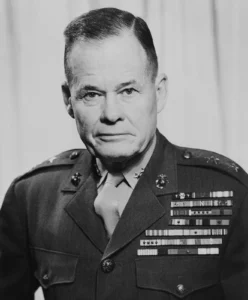
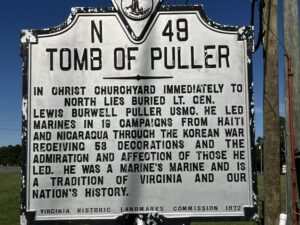

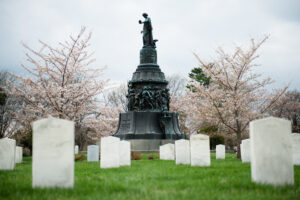

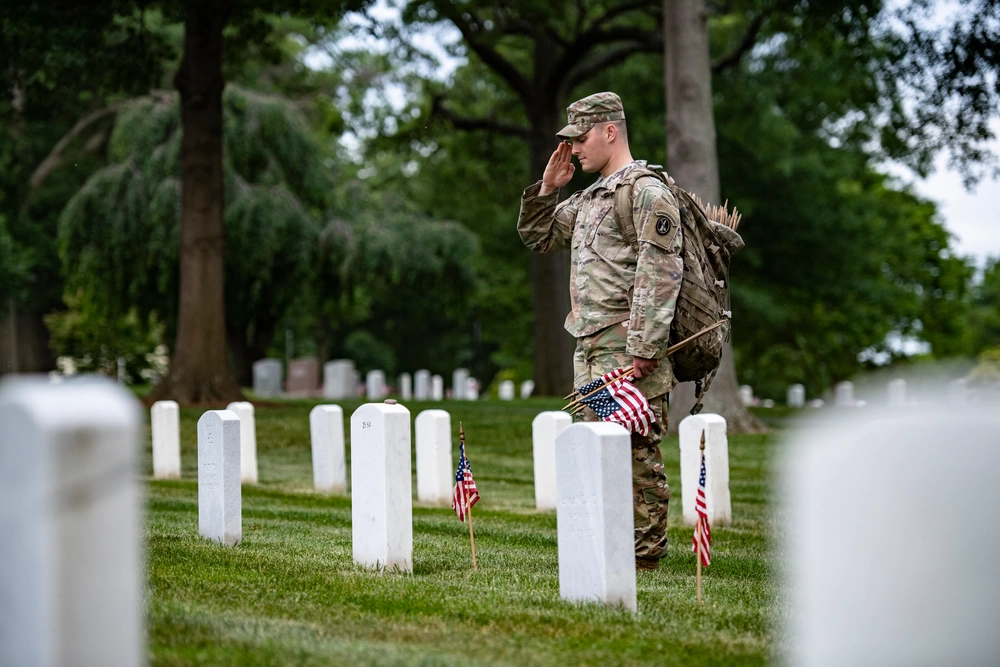
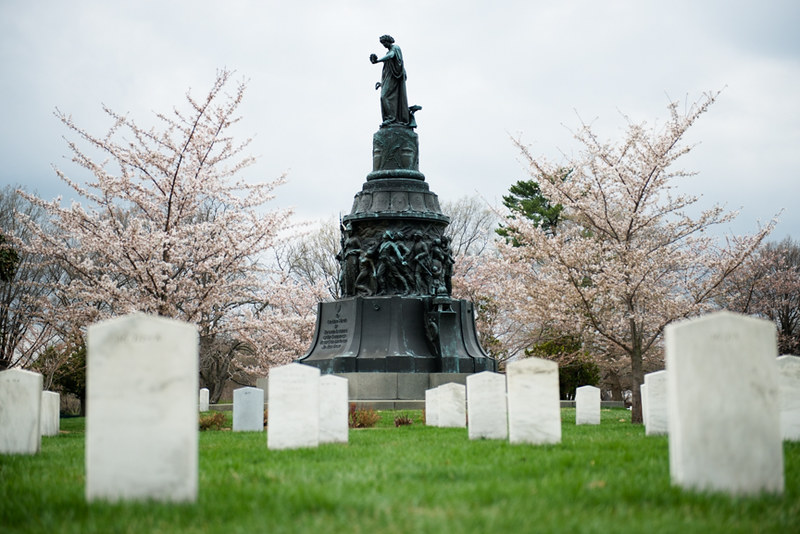
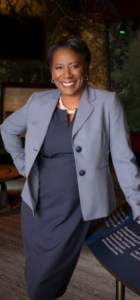
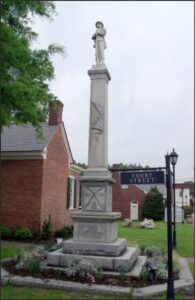
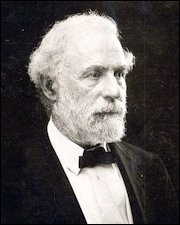

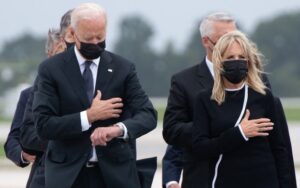
 by James C. Sherlock
by James C. Sherlock
